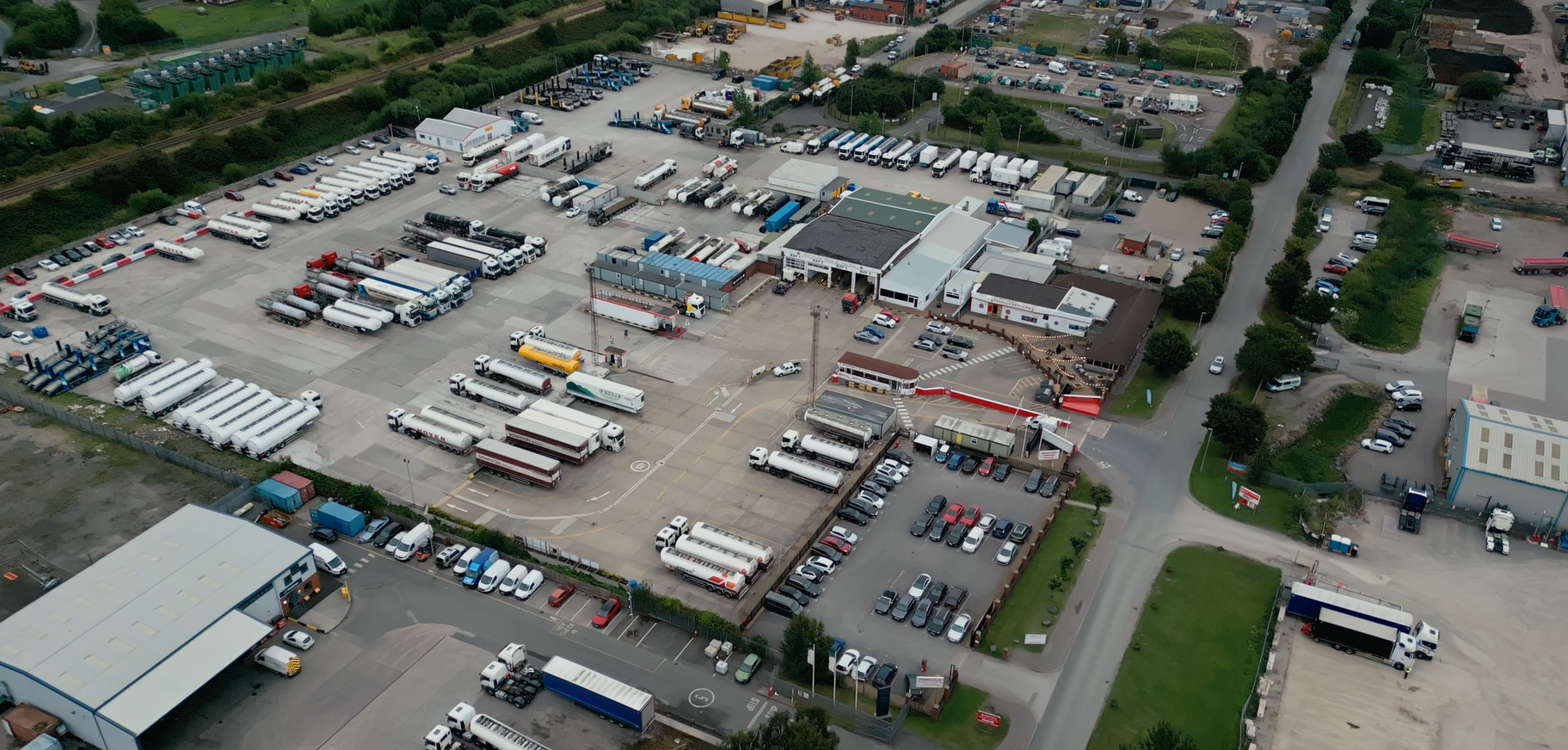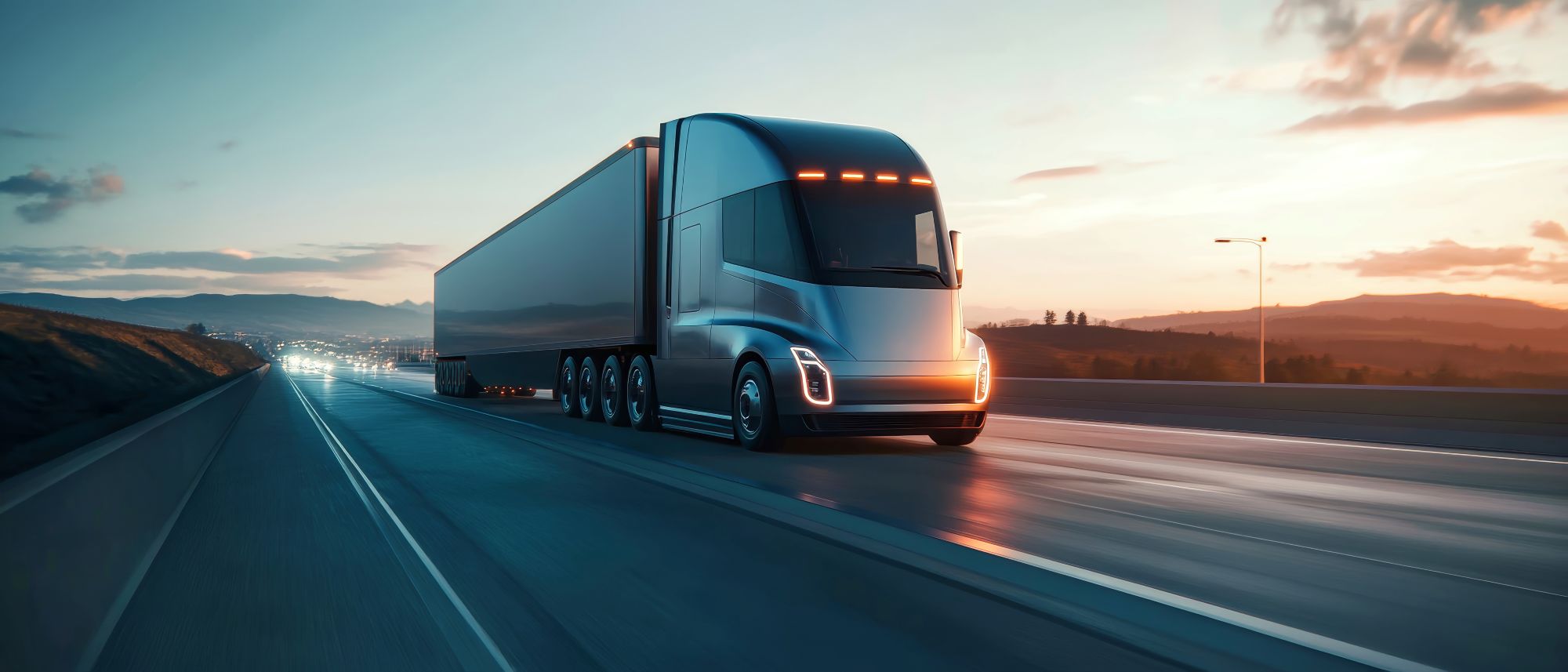
Miranda Blake
Pot do leta 2025: Pričakovani trendi v industriji tovornih vozil
Ustvarjeno: 02. 01. 2025
•
Posodobljeno: 02. 01. 2025
Od splošnega nezadovoljstva voznikov do nedavnih sprememb CPC voznikov in zamud pri sistemu vstopa/izstopa iz EU - leto 2024 je bilo viharno za logistično industrijo. Za leto 2025 pa je na obzorju še veliko napovedi - v nadaljevanju raziskujemo trende, ki bodo po pričakovanjih zaznamovali ta sektor.
izkoriščanje vseh prednosti umetne inteligence
Pričakovati je, da bo imela avtomatizacija v prihodnjem letu ključno vlogo. Prišlo bo do razvoja tehnologije avtonomnih vozil, sistemov za upravljanje prevoza in elektronskih naprav za beleženje voznega reda, kar bo povzročilo večjo uveljavitev in precejšnje spremembe v panogi.
Poleg tega se bo povečala uporaba umetne inteligence za optimizacijo poti, napovedno vzdrževanje in upravljanje voznega parka. To bo sprožilo boljše rezultate, kot sta izboljšana operativna učinkovitost in nižji stroški. Internet stvari (IoT) in strojno učenje bosta še posebej dragocena, saj se bosta uporabljala za predvidevanje okvar opreme, kar bo zmanjšalo število izpadov.
Podobno bo telematika v živo posredovala dragocene podatke o delovanju vozila, vedenju voznika in stanju tovora, kar bo pripomoglo k večji varnosti in skladnosti.
Odpravljanje razlik med spoloma in pomanjkanje voznikov
S privabljanjem večjega števila voznic tovornjakov lahko rešimo problem pomanjkanja voznikov. Delodajalci bi lahko zagotovili širšo paleto vlog, uvedli programe usposabljanja in politike, ki bi koristile ženskam, ter poskrbeli za bolj vključujoče delovno okolje. Pri slednjem so na voljo ideje o mentorstvu ali delovnih vzorcih, ki bolje ustrezajo življenju voznic tovornjakov (na primer dnevne izmene in pokrivanje krožnih poti, da bi pomagali tistim, ki imajo družinske obveznosti).
Vendar je razprava na strani SNAP na Facebooku pokazala, da spremembe potrebujejo tako moški kot ženske vozniki. Medtem ko so nekateri poudarili, da bi lahko bile nekatere stvari za ženske boljše (ena od njih je na primer pripomnila, da 90 % depojev nima sanitarnih košev), je bilo veliko pripomb o celotnem paketu za zaposlene in udobju postajališč za tovornjake:
"Moški potrebujejo boljšo podporo pri varstvu otrok. Če bi jo, potem ne bi bilo treba ženskam nalagati, da so "odvečne" delovne sile, ko gre za bolezen ali prednostne naloge njihovih otrok. Možnosti so šokantne za oba spola. "
"Izboljšajte pogoje in opremo za VSE voznike in videli boste, da bo v panogo prišlo več ljudi, tako moških kot žensk. "
Zato morajo podjetja preučiti, kako privabiti in zadržati celotno delovno silo. Ponudijo lahko boljše plačilo, delovne pogoje in priložnosti za razvoj. Prav tako lahko izvajajo usposabljanje, da bi zagotovili, da imajo ljudje vse potrebne sposobnosti - za zdaj in za prihodnost.

Spodbujanje okolju prijaznejše industrije
Še ena osrednja tema bo trajnost - zlasti zaradi vse strožjih okoljskih zakonov, prehoda na ničelno neto vrednost in hitro naraščajočih cen goriva.
Vozila na alternativna goriva v letu 2024 niso izpolnila pričakovanj, zato se pričakuje, da se bodo inovacije na tem področju sicer še vedno dogajale, vendar se bodo bolj osredotočale na to, kako lahko vozni parki povečajo učinkovitost delovanja (na primer z uporabo tehnologije, podatkov in umetne inteligence za zmanjšanje izgubljenega časa). Podjetja si bodo prizadevala tudi za vzpostavitev bolj zelenih dobavnih verig s sodelovanjem z okolju prijaznejšimi dobavitelji in prevozniki.
Prav tako se povečuje prehod na električne tovornjake - letos se bodo na parkiriščih za tovornjake pogosteje pojavljale polnilne točke za električne avtomobile. Vendar pa se podjetja, ki se ukvarjajo z voznimi parki, soočajo z ovirami, kot so visoki začetni stroški in nezadostna količina polnilne infrastrukture.
Povečanje prevoza blaga na dolge razdalje
Napovedan je tudi porast letalskega in oceanskega tovora, kar bo vplivalo na panogo tovornega prometa. To se bo še povečalo, ker bodo globalne dobavne verige vedno bolj povezane.
Posledično se bo povečal tovorni promet na dolge razdalje, zato je še toliko bolj pomembno, da imajo vozniki na varnih postajališčih za tovornjake dovolj časa za počitek. Pri tem vam lahko pomaga SNAP.
Naša aplikacija intruck ima več kot 800 lokacij po vsej Evropi, vključno z Avstrijo, Bolgarijo, Češko, Grčijo, Madžarsko, Italijo in Romunijo. Pomagamo poenostaviti upravljanje voznega parka ter zagotavljamo, da lahko tako prevozniki kot vozniki tovornjakov upoštevajo direktivo o delovnem času voznikov v letu 2025 in pozneje.
Če želite izvedeti več, stopite v stik z našo ekipo na +44 (0)1603 777242.



